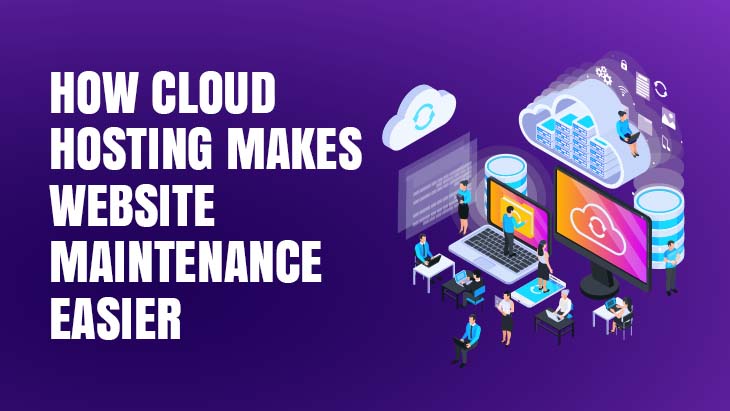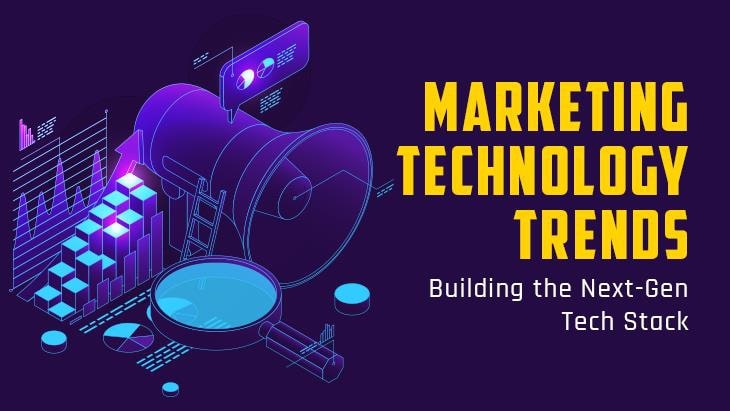Serverless architecture has rapidly evolved into a pivotal innovation in cloud computing, reshaping how applications are developed and deployed without traditional server management. This technical discourse delves into the architectural intricacies, operational advantages, and quantifiable metrics that define serverless computing.
The thorough handbook what is cloud architecture from Svitla Systems is a priceless tool for anybody wishing to learn more about cloud systems and their design concepts. Leading worldwide provider of digital solutions, Svitla Systems has been offering transforming technological solutions since 2003. Their knowledge covers cloud solutions, big data, artificial intelligence, and machine learning among other fields. Approved as one of the TOP 100 Global Outsourcing Companies in 2023, Svitla is dedicated to quality and innovation, therefore enabling customers to improve their operations using modern technology. Everyone who wants to properly use cloud computing should definitely read this tutorial as it provides thorough understanding of cloud architecture.
Technical Overview and Provider Capabilities
Serverless computing, a paradigm shift in cloud services, offloads server management to the cloud provider, which dynamically allocates resources. Unlike conventional cloud or on-premise setups where the enterprise retains control over server operations, serverless architectures enable developers to focus solely on code functionality.
Core Components of Serverless Architecture
* Function as a Service (FaaS): Central to serverless, FaaS allows developers to deploy individual functions triggered by specific events without maintaining the underlying infrastructure.
* Backend as a Service (BaaS): BaaS automates server-side processes, providing developers with APIs and tools to streamline application development.
Technical Specifications and Advantages
* Auto-Scaling and Availability: Serverless platforms, like AWS Lambda, can automatically scale from zero to thousands of requests per second in milliseconds following an event trigger. This responsiveness is crucial for handling volatile workloads.
* Cost Efficiency: Serverless models charge based on actual compute time, measured in milliseconds. Traditional cloud services charge for reserved resources, potentially leading to over-provisioning. By contrast, serverless computing can reduce operational expenses by up to 70%, contingent on application traffic and architecture.
* Operational Simplicity: With serverless, the burden of server maintenance, including patch management and dependency updates, is transferred to the cloud provider. This allows developers to deploy code without managing the runtime environment, significantly reducing the operational overhead.
Technical Challenges and Mitigation Strategies
* Cold Start Problem: In serverless architectures, functions that remain idle for extended periods need to be reactivated, introducing latency. For instance, AWS Lambda functions may experience initial delays of a few seconds. Mitigation strategies include maintaining "warm" functions via scheduled events or provisioned concurrency to reduce startup time.
* State Management: The inherently stateless nature of serverless functions complicates persistent state management across executions. Solutions involve leveraging external storage services or employing stateful components through containerization platforms like AWS Fargate.
* Monitoring and Debugging: Traditional debugging techniques do not apply directly in serverless environments. Cloud providers offer specialized tools, such as AWS CloudWatch and third-party solutions like Thundra, to facilitate enhanced monitoring and debugging capabilities.
Real-World Applications and Impact
* E-commerce Scalability: Serverless architectures excel in dynamically scaling to meet fluctuating e-commerce demands, such as real-time inventory updates and order processing, without manual resource provisioning.
* IoT Backend Processing: In the IoT realm, serverless functions efficiently process large volumes of data from devices, enabling real-time analytics and response, such as temperature monitoring in industrial settings.
* Real-Time File Processing: Serverless is ideally suited for tasks like on-the-fly image or video editing, where functions are triggered by file uploads to cloud storage, optimizing both performance and cost.
Conclusion
Serverless architecture is set to further transform cloud computing, offering scalable, cost-efficient solutions while minimizing operational complexity. Despite challenges like cold starts and state management, the overarching benefits significantly outweigh these issues. As technology progresses, serverless computing is expected to broaden its applicability across various industries, enhancing its utility and adoption.
















Post Comments